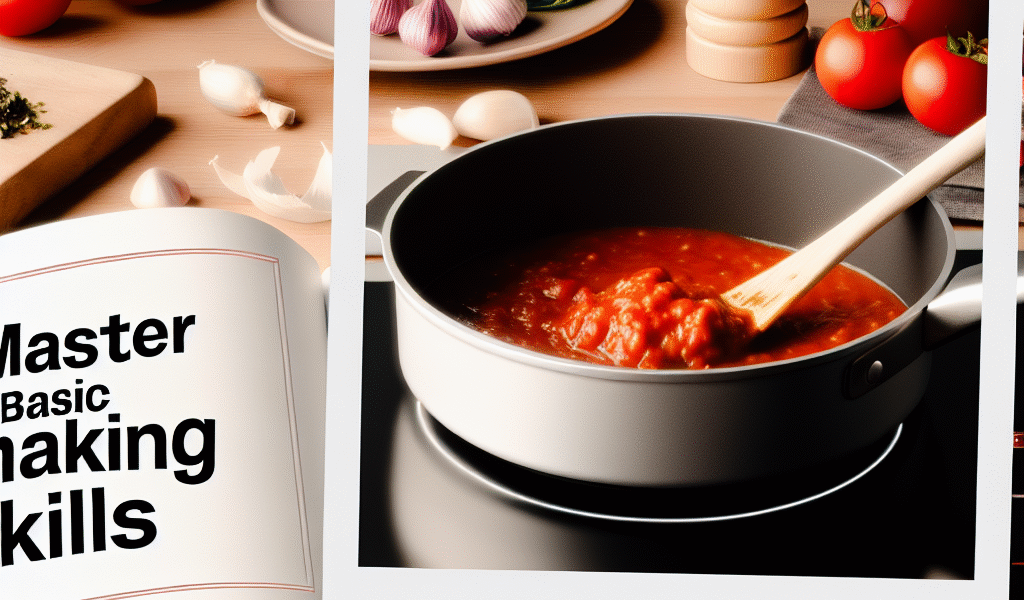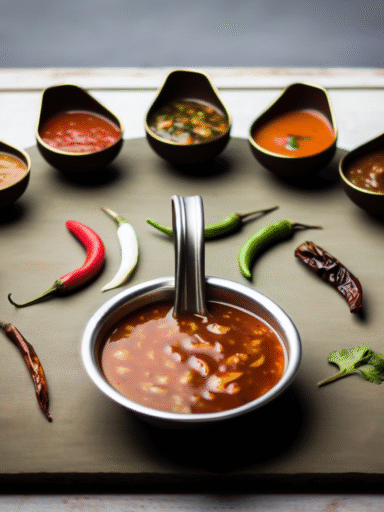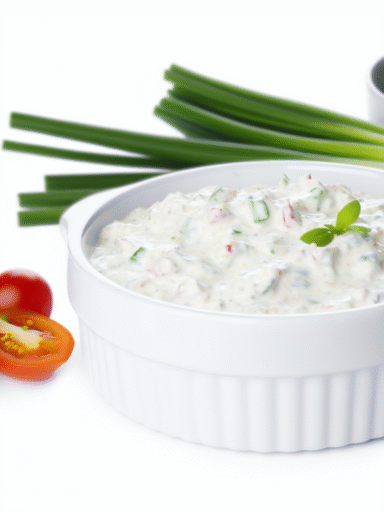Mastering Basic Cooking Skills for Sauces
Understanding how to make sauces is essential for elevating everyday dishes to restaurant-quality meals. By learning the fundamental techniques behind creating various sauces, you can add depth, flavor, and elegance to your cooking. This article will guide you through essential skills to improve your sauce-making abilities, from understanding key ingredients to mastering cooking methods.
Essential Ingredients and Techniques for Sauce Making
Successful sauce-making begins with knowing the key ingredients and their roles. Typically, sauces are built around a liquid base such as stock, wine, or cream, which provides moisture and flavor. Next, a thickening agent like roux (a mixture of fat and flour), cornstarch, or egg yolks helps to achieve the right texture. Additionally, an array of aromatics—garlic, onions, herbs, and spices—introduce complexity and depth.
Before combining these elements, it’s crucial to master certain foundational techniques:
- Making a Roux: Slowly cooking equal parts fat (usually butter) and flour until golden creates a base thickener that adds nuttiness.
- Deglazing: After sautéing proteins or vegetables, adding wine or stock to the hot pan dissolves browned bits that intensify flavor.
- Emulsification: This technique blends fat and water-based liquids smoothly, crucial for sauces like hollandaise or vinaigrettes.
Attention to temperature control during these steps is vital, as overheating can lead to broken sauces or bitterness. Learning to stir continuously, adjust heat, and taste frequently enhances control over your final product.
Combining Sauces with Food: Balancing Flavors and Textures
Once you’ve mastered preparing a sauce’s base, the next skill is pairing it effectively with your dishes. A great sauce complements the texture and flavor of the food without overpowering it.
Here are key considerations to enhance harmony between sauce and dish:
- Balance Flavors: Ensure the sauce’s acidity, sweetness, bitterness, and saltiness complement the main ingredient. For example, rich, creamy sauces pair well with mildly flavored proteins, while tangy or spicy sauces brighten fatty cuts.
- Consider Texture: The sauce’s thickness should match the dish; thin broths suit soups and steamed dishes, while thick gravies or purées elevate roasted or grilled foods.
- Incorporate Fresh Elements: Finishing with fresh herbs, a squeeze of citrus, or a dash of seasoning can brighten flavors and add contrast.
Developing palate awareness and experimenting with different combinations will improve your understanding of how sauces transform meals, turning basic cooking into an artful experience.
Conclusion
Mastering basic cooking skills for sauces involves understanding essential ingredients, mastering foundational techniques like roux-making and emulsification, and skillfully pairing sauces with complementary dishes. These skills not only enhance flavors and textures but also elevate your overall culinary expertise. With practice and attention to detail, you can create flavorful sauces that bring your meals to life and impress any palate.



